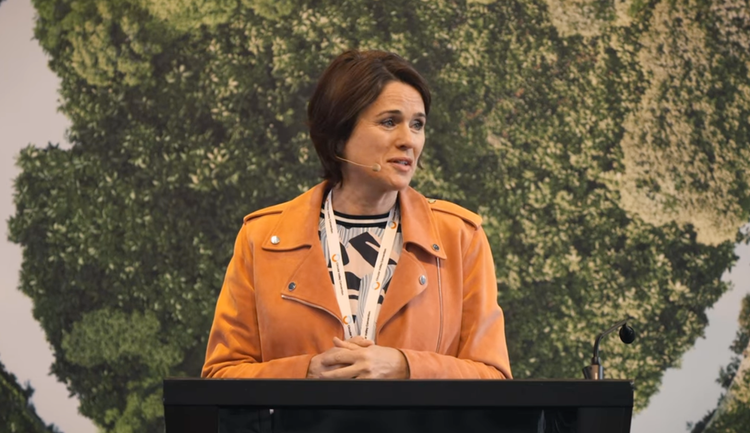Bank financing to fossil fuels grows for the first time since 2021

Banks provided US$869 billion to fossil fuel companies in 2024 – up 23% from the previous year. This is the first increase since 2021, and comes as many banks have announced backtracks from their climate commitments.
This year’s Banking on Climate Chaos report shows that in 2024, the world’s top 65 banks lent and underwrote US$162.5 billion more to fossil fuel companies than the previous year. Of the total financial, US$429 billion were provided to companies with explicit fossil fuel expansion plans – despite the fact that many banks have policies to stop funding new oil and gas projects.
Read also: Report highlights banks’ fossil fuel exclusion loopholes
This is a new trend, as fossil fuel finance from banks had been decreasing since 2021. It suggests that banks’ retreat from climate initiatives such as the Net Zero Banking Alliance, apparently triggered by Donald Trump’s election as president at the end of last year, was in fact the visible signal of a change in direction that started early in 2024.
(Several banks, including HSBC and Wells Fargo have shown many other signals of this retreat, eliminating and demoting sustainability positions and delaying or dropping climate targets.)
Largest fossil fuel financing increases
Four banks increased their fossil fuel financing by more than US$10 billion: JP Morgan Chase (the world’s largest fossil fuel financier), Citigroup, Bank of America, and Barclays (which announced in February 2024 that it would no longer fund new oil and gas projects).
US banks were responsible for one third of global fossil fuel financing in 2024, with US$289 billion. JPMorgan Chase, Bank of America, Citigroup, and Wells Fargo, the top four US banks, alone represent 21% of total global fossil fuel financing in the scope of this report.
In Europe, Barclays was the largest fossil fuel financier in 2024 with US$35.4 billion, followed by Santander, BNP Paribas, Deutsche Bank and HSBC, which each contributed between US$14 billion and US$17.3 billion.
Japanese banks Mizuho, MUFG, and SMBC contributed 12% of the overall financing to fossil fuels last year.
‘Distract, delay, deflect, defect’
Since the signing of the Paris Agreement, banks have funneled US$7.9 trillion into the fossil fuel industry. Last year, loans were the top form of financing with an increase to US$467 billion from US$422 billion from 2023. Bonds also saw a large increase, from US$284 billion to US$401 billion.
Allison Fajans-Turner, Policy Lead at Rainforest Action Network, (a co-author of the report), said: “Distract, delay, deflect, and finally defect. If needed, rinse and repeat. Banks have used this playbook to keep themselves and the fossil fuel industry flush with cash, while loading the financial system with risk and running out the clock on keeping global temperatures from rising above 1.5˚C.
“The power of this report is that it cuts through these tactics and follows the money. Even in the face of worsening disasters and increasingly dire warnings of scientists and policy experts, banks actually increased their financing to fossil fuels between 2023 and 2024 and still poured billions into expanded fossil infrastructure. Only rapid and robust binding government regulation and oversight can make banks change course. Without binding regulation, banking on climate chaos will remain banks’ dominant investment strategy, tanking our economy and our planet.”
‘Banking on Climate Chaos’ is authored by Rainforest Action Network, BankTrack, the Center for Energy, Ecology, and Development, Indigenous Environmental Network, Oil Change International, Reclaim Finance, Sierra Club, and Urgewald.







Member discussion